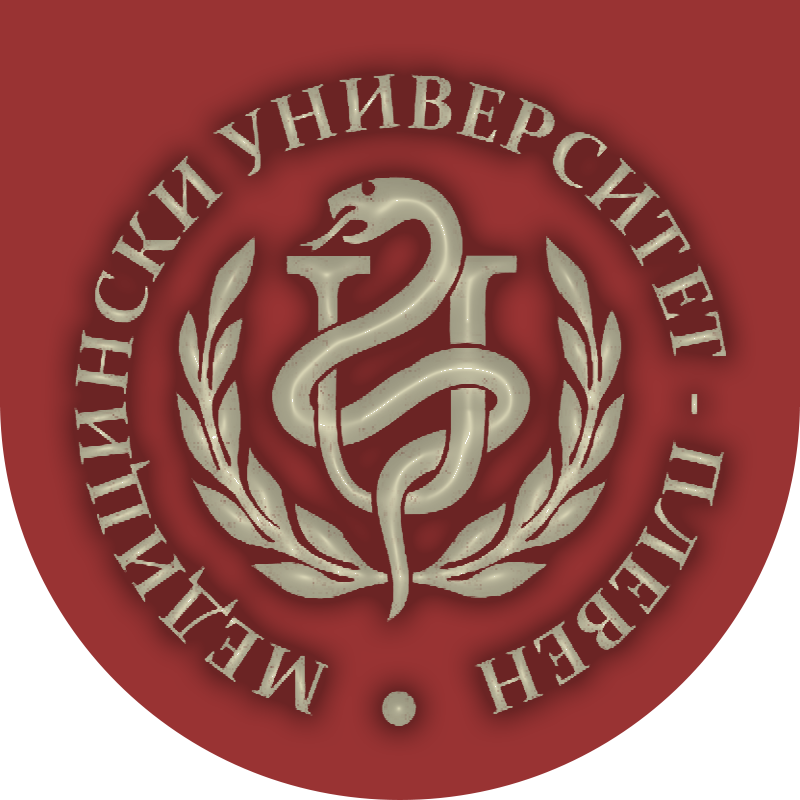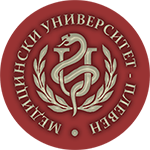A new coronavirus (2019-nCoV), associated with pneumonia was identified in Wuhan, China, at the end of 2019. The disease has spread beyond the original outbreak. The virus has not been isolated in the Republic of Bulgaria. For the time being, there is no sufficient epidemiologic and serologic data. The antiepidemic measures taken aim to prevent the invasion of the infection, to isolate persons arriving from countries with registered high morbidity rates, trace their contacts and quarantine them for 14 days. Two groups of persons undergo virological tests. The first group includes those with symptoms of a respiratory infection and arriving from regions with registered cases of COVID -19. The second group includes those who have been in contact with persons from the first group. It should be noted that a negative result in a patient suspected epidemiologically or clinical presentation of the disease needs to be confirmed with another, specific RT-PCR test.
Epidemiological features of the infection caused by COVID-19 known at present:
- The virus is unstable in an outdoor environment.
- A patient with the disease is a source of infection; animal sources are investigated.
- Mechanism of transmission:
1) The infection is airborne, spreading through droplets released from an infected person with catarrhal events – coughing, sneezing, runny nose. Infection may be spread from a distance up to 2 m and at a contact longer then 15 minutes.
The role of subclinical forms and virus carriers as a source of infection is not fully understood.
2) Close contacts at home and in the community (direct physical contact through handshakes or touching contaminated objects).
- The incubation period (time between contact and the onset of symptoms) ranges from two to 14 days.
- The disease takes a course similar to that in respiratory or gastrointestinal infections, but symptoms may vary from mild to severe lower respiratory tract infections.
- A dramatic course of the disease is seen in immunocompromised persons, and those with cardiovascular and lung diseases.
- Disease rates are lower in children than in adults.
- Estimated morbidity rates range from 2% in people aged 40-50, and 18% in those aged 80 and with comorbidities.
- Data on immunity are insufficient and the probability of re-infection is under study.
- No etiological treatment is known.
- Specific prophylaxis (vaccine) has not been developed.
- Recommendations to students, teaching and administrative staff at Medical University- Pleven
1) Hand washing
- Routine hand washing with soap and water should take not more than a minute.
- In cases of aseptic hand washing, the soap should be rubbed onto dry hands for about 30 seconds. Waster is added to get foam, after which the hands thoroughly rinsed with running water.
2) Hand disinfection with rubbing a disinfectant, preferably containing alcohol is recommended.
3) Eyes, nose and mouth should not be touched because they may serve as entry points of the infection.
4) Sneezing and coughing into one’s hand must be avoided. In such cases, use the crease of the elbow. In case the former happens, hands must be washed immediately or disinfected, without touching surfaces.
Masks
1) Wearing masks is recommended to people with symptoms of respiratory infections (sneezing, coughing, fever, fatigue, etc.) to protect healthy subjects around them.
- The mask should cover the nose and adhere to the face. It should be changed when moist (every 1-2 hours). The mask should be removed without touching the front surface, and hands are to be washed with soap and water.
-The masks must be disposed of in special containers.
2) Healthy subjects with compromised immunity can wear masks to reduce the risk of infection during a period of increased epidemic circulation of respiratory viruses, or when they spend time in crowded places.
Students or academic staff from China, Italy, South Korea and Iran must abide with the instructions of the border health control and the Regional Health Inspectorate in Pleven!
Medical attention should be sought in case of symptoms. General practitioners and hospital doctors will act as recommended by the Ministry of Health and instruction of the regional health authorities. International students have to see the doctor assigned by the university and responsible for them, so that they can be referred for diagnosis and/or treatment.
Those traveling abroad must abide to standard hygienic precautions and assess the risk for infection, regarding the country they visit.
Facilities on the premises of Medical University – Pleven (seminar rooms, lecture halls, studies, laboratories, etc.)
- Better control on hygiene and disinfection measures, according to recommendations stated above:
1) Regular airing the rooms.
2) Decontamination of floors and other surfaces (washing and chemical disinfection twice a day, with special attention paid on risk places).
Further and detailed information on the spread of the infection can be found at the websites as follows: European Centre of Disease Control (ECDC), World Health Organization, (WHO), Ministry of health, National Centre of Infectious and Parasitic diseases (NCIPD), Pleven Regional Health Inspectorate:
https://www.mh.government.bg/bg/novini/aktualno/
https://www.ncipd.org/index.php?lang=bg
Sector of Epidemiology, Parasitology and Tropical diseases, Medical University – Pleven



